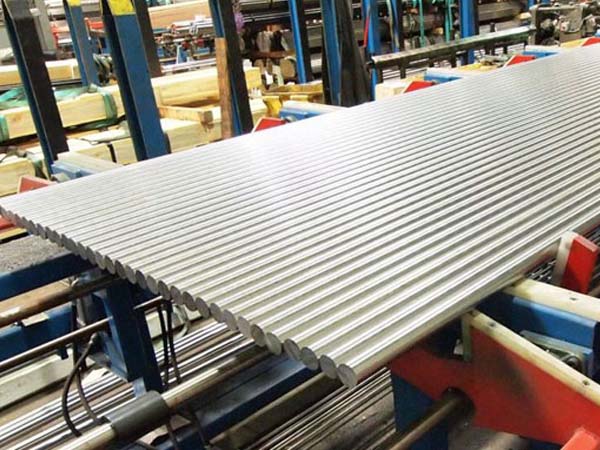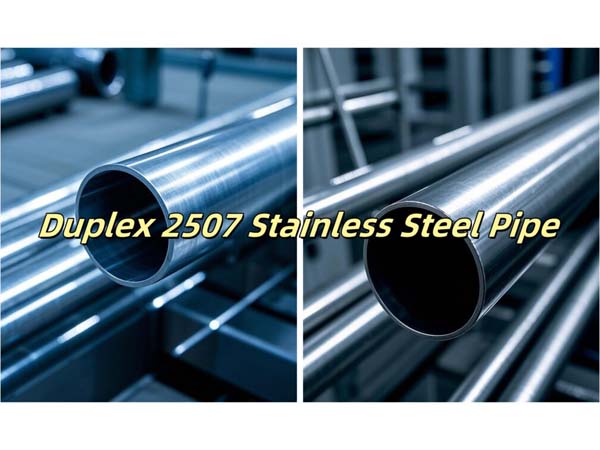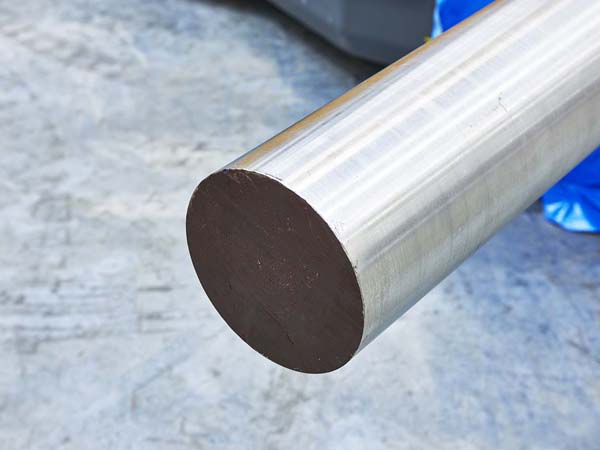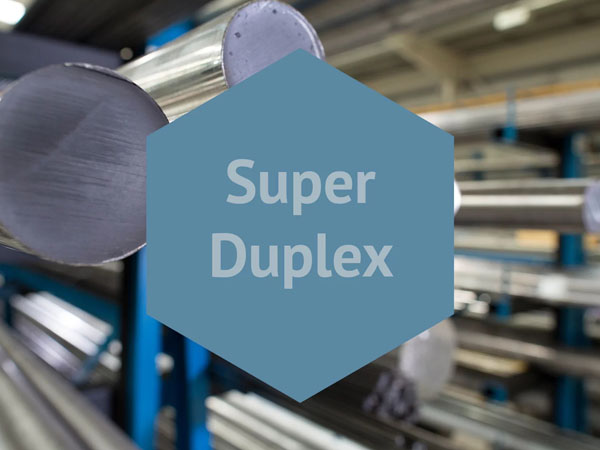





Phone
+86-731-82250427
Address
25th floor, C3 Building, Wanda Plaza, Kaifu District, Changsha, Hunan Province, China.
 Jan 15 2024
Jan 15 2024UNS N05500 (Alloy K-500, W.Nr. 2.4375, Monel® K-500) is a precipitation-hardenable nickel-copper alloy with a low magnetic permeability. It exhibits strong non-magnetic characteristics across a broad temperature range, including subzero conditions. This alloy shares similar corrosion resistance with Monel 400 but offers the added benefits of enhanced strength and hardness. The increased properties are achieved by incorporating aluminum and titanium into the nickel-copper base and subjecting it to controlled heating conditions, resulting in the precipitation of submicroscopic particles of Ni3 (Ti, Al) throughout the matrix.
Marine Service: Chains and cables, fasteners and springs
Chemical Processing: Pump and valve components
Paper Production: Doctor blades and scrapers for pulp processing
Oil and Gas: Oil well drill collars and instruments, pump shafts and impellers, non-magnetic housings, safety lifts and valves
Electronic Filed: Sensors and other electronic components
|
Material |
Ni |
C |
Mn |
Fe |
S |
Si |
Cu |
|
N05500 |
63.0 min |
0.25 max |
1.50 max |
2.00 max |
0.01 max |
0.50 max |
27.0-33.0 |
|
Material |
Tensile strength |
Yield strength 0,2 |
Elongation |
Hardness HB30 |
|
621-1069 N/mm² |
276-758N/mm² |
20-45% |
140-315HB |
Monel K-500 exhibits corrosion resistance similar to Monel 400, with the notable difference of a heightened susceptibility to stress-corrosion cracking in certain environments when in the age-hardened condition. Moreover, Monel K-500 has proven resistant to sour-gas environments. Its exceptional combination of very low corrosion rates in high-velocity sea water, along with high strength, makes alloy K-500 particularly well-suited for use in the shafts of centrifugal pumps in marine service. In stagnant or slow-moving sea water, fouling may occur initially, followed by pitting, but this pitting tends to decelerate after an initial rapid attack.
Monel K-500,a precipitation-hardened variant of Monel 400, boasts elevated strength and hardness. The mechanical properties of Monel K500 can be further enhanced through heat treatment processes. The initial step in this process, known as solution treatment or annealing, aims to dissolve any precipitates present in the alloy, restoring its single-phase structure. Notably, Monel K500 can also undergo stress relief annealing, a process involving heating the material to a temperature below the solution treatment temperature to alleviate residual stresses. This type of annealing is typically carried out after extensive cold working or welding to mitigate stress corrosion cracking and preserve the material's mechanical properties.
Heating Monel K500 is commonly carried out for hot forming or stress relieving purposes, with the specific temperature and heating parameters tailored to the desired outcome and application requirements.
For achieving a clean surface on Monel K-500, pickling is a standard method. Following pickling, it is crucial to thoroughly rinse the Monel K500 component with clean water to eliminate any residual acid. Consideration may be given to performing a passivation treatment, facilitating the formation of a protective oxide layer on the surface and thereby enhancing corrosion resistance.
Hot Forming: Achieving proper temperature during deformation is crucial for the successful hot malleability of Monel K-500. The recommended hot-working temperature range is 1600°to 2100°F. After completing hot working or when it's necessary for Monel K-500 to cool before further processing, it should not be allowed to cool in the air but rather quenched from a temperature of 1450°F or higher. Allowing slow cooling may result in age-hardening to some extent, creating stress that could lead to thermal splitting or tearing during subsequent reheating.
Cold Forming: Monel K-500 can be cold-worked using standard procedures in the annealed condition. Despite requiring significant power for forming, the alloy exhibits excellent ductility. Notably, unlike other materials, Monel K-500 demonstrates an increase in hardness with increasing cold work.
Heavy machining of Monel K-500 is most effectively carried out when the material is in the annealed condition or in the hot-worked and quenched state. Nevertheless, age-hardened material can still be finish-machined to achieve close tolerances and fine finishes. The recommended practice is to machine the component slightly oversize, subsequently age-harden it, and then finish it to the required size. This approach ensures optimal machining results and desired dimensional accuracy.
Monel K-500 products can be effectively joined using conventional processes and procedures. The preferred method for welding alloy K-500 is the gas tungsten arc welding (GTAW) process, commonly known as TIG welding. MONEL filler metal 60 is typically used for this purpose. However, it's important to note that the weldments are not age-hardenable and, consequently, do not possess the strength equivalent to that of the hardened base metal.
Ø Bar & Rod
Ø Plate & Sheet
Ø Coil & Strip
Ø Pipe & Tube
Ø Fitting: Flange, Tee, Elbow, Reducer etc.
Ø Forging: Ring, Shaft, Circle, Block etc.
Ronsco is a supplier with more than 27 years of experience in the special metal field, we always adheres to the business phiosophy of "customer-centered", tries its best to meet the requirements of customers and pursues win-win cooperation with customers. Are you looking for special metal products one-stop supplier! Contact Us Now! Email: marketing@ronsteel.com
